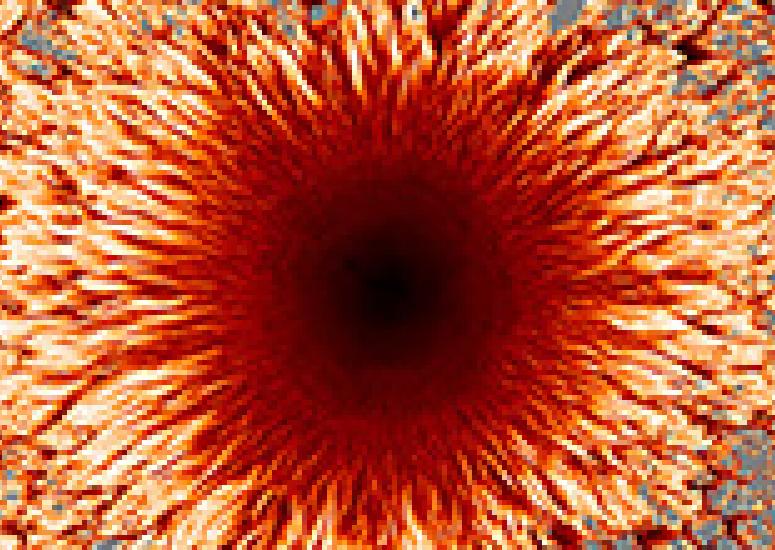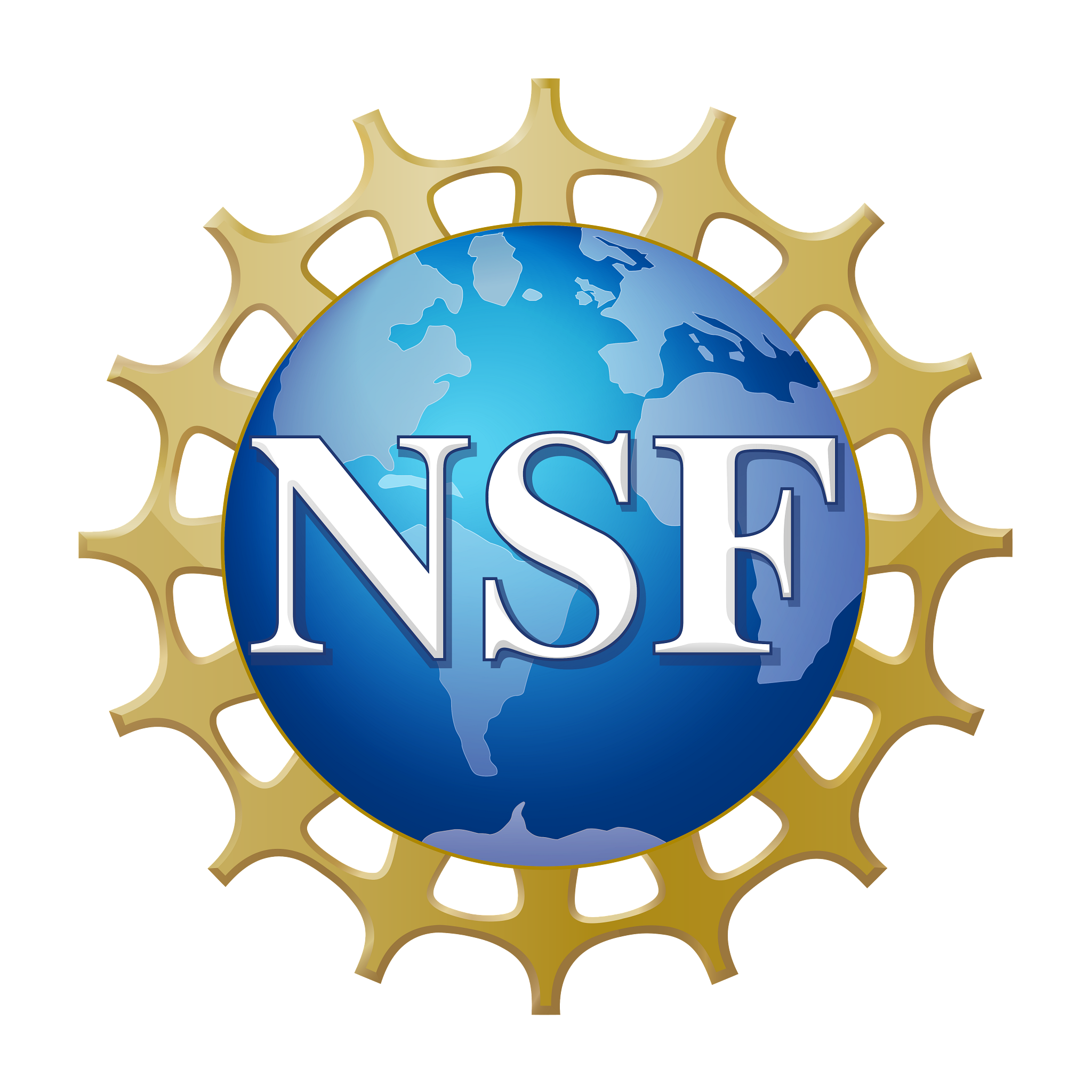-
Connecting the upper and lower atmosphere
An experimental modeling study by a team of scientists that includes NCAR’s Hanli Liu (High Altitude Observatory) points to the propagation of waves upward from the lower atmosphere as a driver for variability in the ionosphere. The research is an important step toward better understanding space weather.
- Sun + Space Weather
-

Sunspots revealed in striking detail by supercomputers
In a breakthrough that will help scientists unlock mysteries of the Sun and its impacts on Earth, an international team of scientists led by NCAR has created the first-ever comprehensive computer model of sunspots.
- Sun + Space Weather,
- Supercomputing
-
Searching for Sun-like stars with satellites and supercomputers
Travis Metcalfe, NCAR's High Altitude Observatory • How common are planets like Earth around other stars like the Sun? Are we unique, rare, or typical in that regard? Metcalfe likes asking big questions.
- Sun + Space Weather
-
Analyzing asteroseismic data from the Kepler mission
A new technique developed at NCAR will help asteroseismologists learn about stars from their oscillations, or “starquakes.” These variations in the brightness of stars reveal information about their internal structures.
- Sun + Space Weather
-
WACCM goes to new heights
NCAR scientists are working on a bigger, bolder version of WACCM (the Whole Atmosphere Community Climate Model), called WACCM-eXtension, or WACCM-X for short. The enhanced version extends the model to an altitude of about 310 miles.
- Climate,
- Sun + Space Weather

